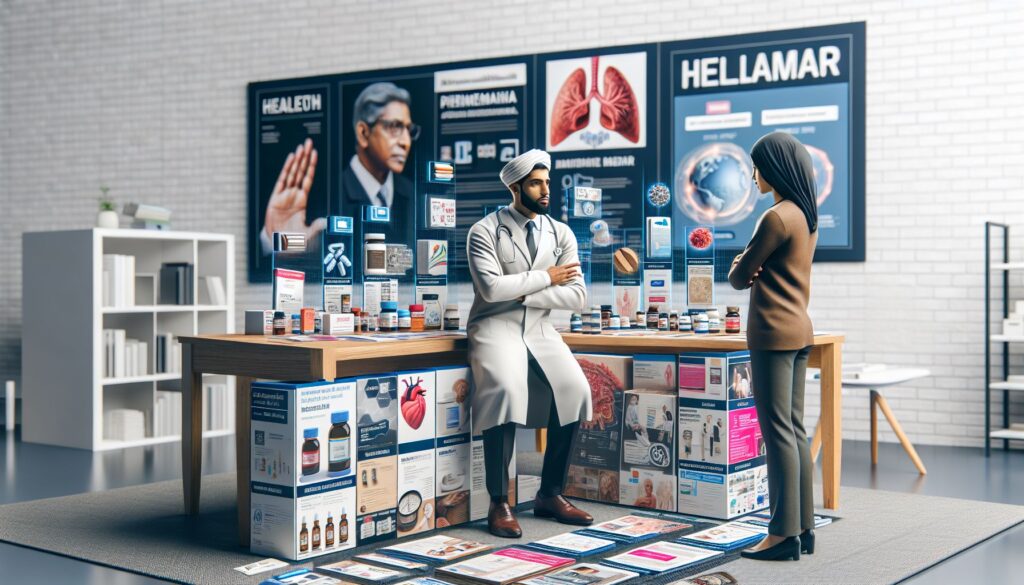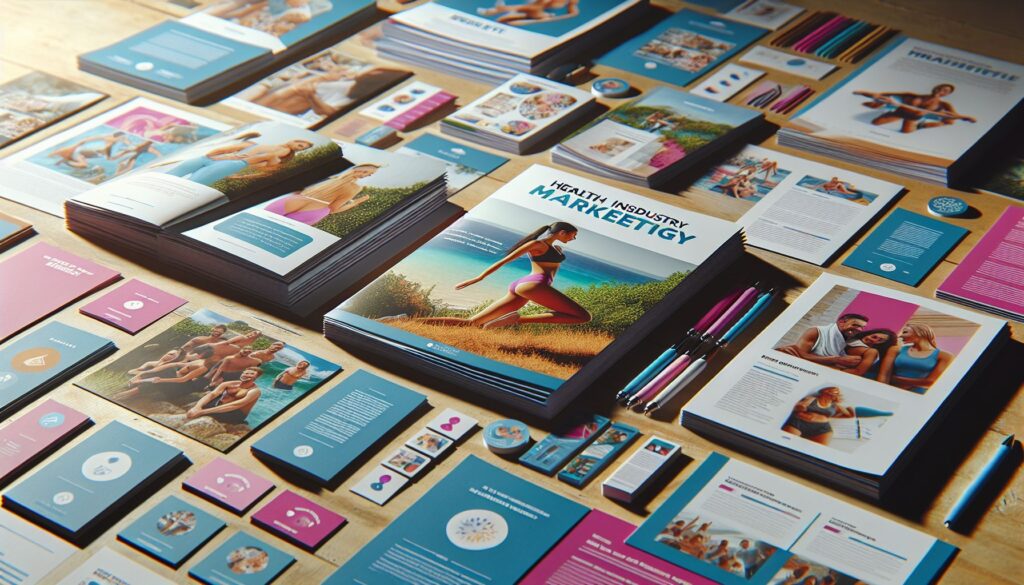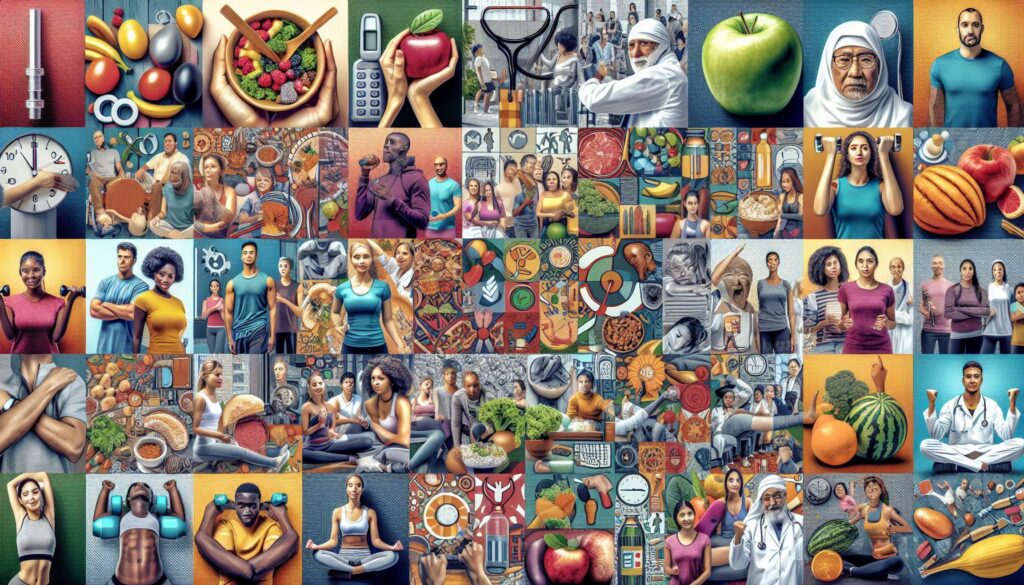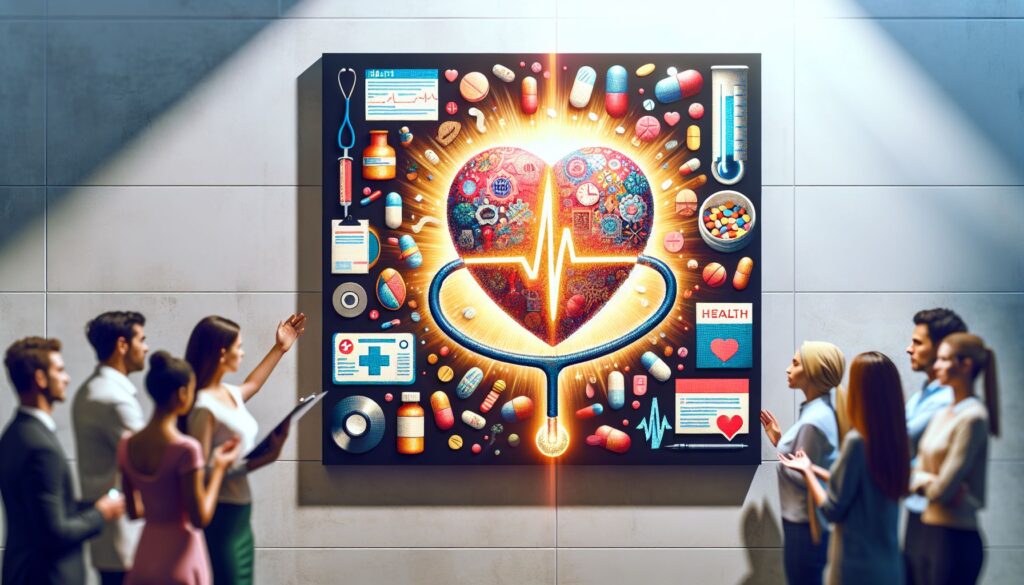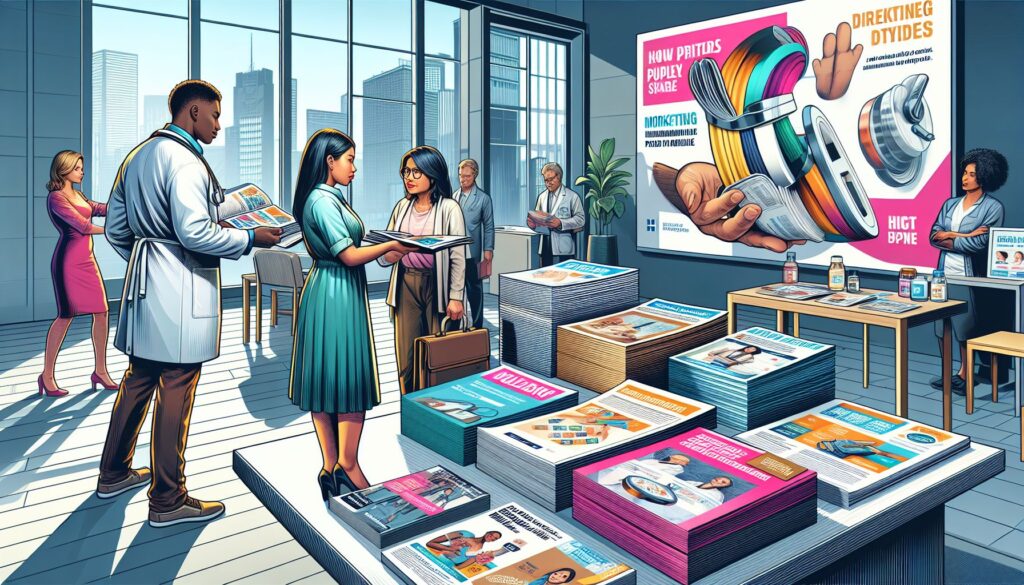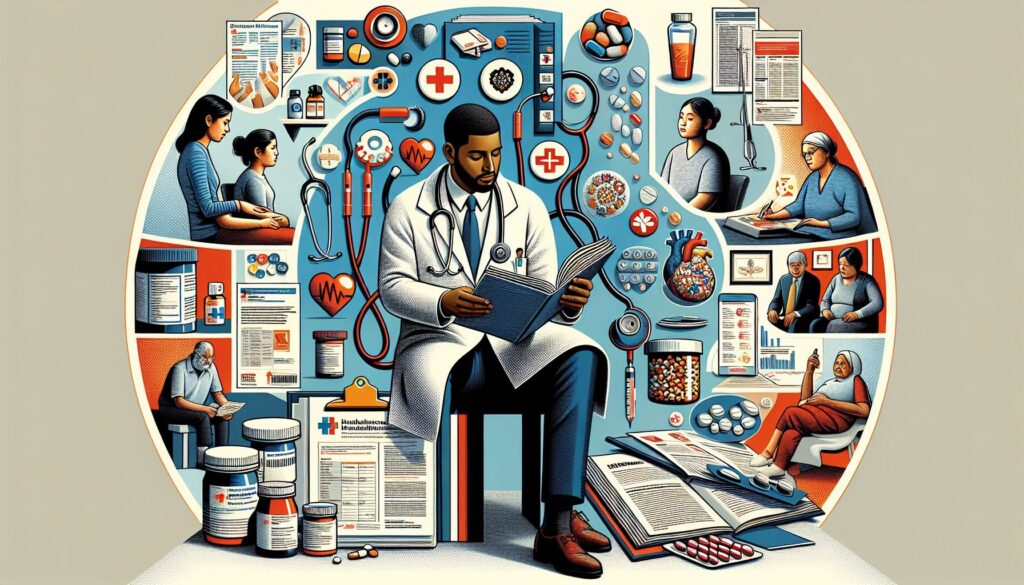In the increasingly digital world we live in, it’s easy to overlook the effectiveness of traditional marketing methods. While online advertising and social media campaigns have certainly gained prominence, printed marketing materials continue to play a vital role in promoting products and services, especially in the health industry. From brochures and flyers to direct mail campaigns, printed marketing offers a tangible and personal touch that can truly resonate with the target audience. In this article, we will explore the undeniable power of printed marketing in the health industry and why it remains a relevant and successful strategy in today’s digital age.
Why Choose Printed Marketing in the Health Industry?
In the fast-paced landscape of healthcare, printed marketing materials hold several advantages over their digital counterparts. Here are a few key reasons why health organizations and businesses continue to invest in printed marketing:
1. Tangible and Long-lasting
Printed marketing materials have a physical presence that digital ads or emails lack. Physical items such as brochures, pamphlets, and business cards are something potential customers can touch, feel, and keep. They allow for a lasting impression and give individuals the chance to revisit the information at their own convenience. Moreover, printed materials can be displayed in clinics, waiting rooms, or shared with friends and family, creating a greater potential for exposure and engagement.
2. Sensory Experience
In the health industry, it’s essential to establish a sense of trust and credibility. Printed marketing materials provide a multisensory experience that engages potential customers on different levels. High-quality paper, visually appealing design, and even the smell of freshly printed materials can evoke positive emotions and make a lasting impact. By connecting with clients through tactile experiences, printed marketing materials can foster a stronger sense of trust and connection.
3. Targeted and Personalized
Printed marketing allows for hyper-targeted campaigns tailored to specific demographics or geographic locations. Direct mail campaigns bring personalized messages directly to potential customers’ homes, capturing their attention and provoking a response. By analyzing data and using precise targeting strategies, health organizations can ensure their message reaches the right audience, resulting in increased conversion rates and customer loyalty.
4. Increased Perceived Value
In the health industry, perceptions matter. Printed marketing materials inherently convey a higher perceived value compared to digital ads. High-quality brochures, beautiful catalogs, or professional-looking business cards can reflect the professionalism and excellence of a health organization. By investing in printed marketing, businesses show their commitment to providing the best possible care and services to their customers.
Examples of Effective Printed Marketing Strategies in the Health Industry
To truly understand the power of printed marketing in the health industry, let’s delve into some real-life examples of successful campaigns:
1. Brochures and Pamphlets
Brochures and pamphlets offer a comprehensive way to educate potential patients about healthcare services, specializations, or treatment options. Whether they are distributed at clinics, community events, or through direct mail, well-designed brochures provide a convenient and visually appealing source of information. By including compelling visuals, testimonials, and concise content, health organizations can effectively communicate complex medical concepts and win over patients who value a tangible reference.
2. Direct Mail Campaigns
Direct mail campaigns remain a powerful and cost-effective marketing strategy in the health industry. By delivering personalized messages directly to homes, healthcare providers can target specific demographics or geographic areas. Postcards, flyers, and promotional offers can effectively entice individuals to schedule appointments, join wellness programs, or try new services. The physical presence of direct mail also ensures that the message is not lost among an overflowing inbox or overlooked in a sea of online ads.
3. Newsletters and Magazines
Newsletters and magazines carefully crafted for the health industry serve as valuable resources and are eagerly anticipated by readers. By providing educational content, expert advice, and updates on advancements in healthcare, these printed materials build credibility and reinforce the organization’s expertise. By creating an ongoing connection with existing patients or potential clients, newsletters and magazines enhance brand loyalty and can even generate new leads through word-of-mouth recommendations.
4. Promotional Items
Branded promotional items like pens, notepads, calendars, or stress balls can be powerful marketing tools in the health industry. These useful items are kept by recipients, acting as a constant reminder of the healthcare provider or business. From doctors’ offices to pharmacies and medical conferences, distributing promotional items can leave a lasting impression and help maintain top-of-mind awareness among potential customers.
Maximizing Success with Printed Marketing in the Health Industry
To ensure the success of printed marketing campaigns, it’s essential to consider some crucial factors:
1. Design and Quality
Investing in professional graphic design and high-quality printing is paramount to make a lasting impression. Vibrant colors, clean layouts, and attention to detail contribute to the overall perceived value and credibility of printed marketing materials. Moreover, using eco-friendly materials aligns with the health industry’s commitment to sustainable practices.
2. Targeted Distribution
Understanding the target audience and carefully selecting the distribution channels are essential for achieving maximum impact. Analyzing demographic data, customer behaviors, and preferences can help identify the most effective distribution methods, whether through clinics, hospitals, direct mail, or community events.
3. Integration with Digital Marketing
While printed marketing materials are powerful on their own, integrating print campaigns with digital marketing efforts can amplify the overall impact. Including QR codes, personalized URLs (PURLs), or social media handles on printed materials can drive traffic to online platforms, encouraging engagement and providing additional opportunities for converting leads into loyal customers.
Conclusion
As the healthcare industry becomes increasingly digitized, the traditional power of printed marketing in the health industry should not be overlooked. With their tangible nature, sensory experiences, targeted reach, and increased perceived value, printed marketing materials remain an effective strategy for promoting products and services. By incorporating brochures, direct mail campaigns, newsletters, and promotional items into their marketing efforts, health organizations can establish trust, drive engagement, and foster long-term relationships with their target audience. The combination of print and digital marketing can unleash the full potential of a healthcare brand, ensuring its message reaches and resonates with potential customers. So, the next time you’re planning a marketing campaign, remember the undeniable power of print in the ever-evolving health industry.…

